USA's first greenhouse gas smuggling case emerges, involving illegal coolants. Explore the impact, laws, and global efforts to combat climate threats.
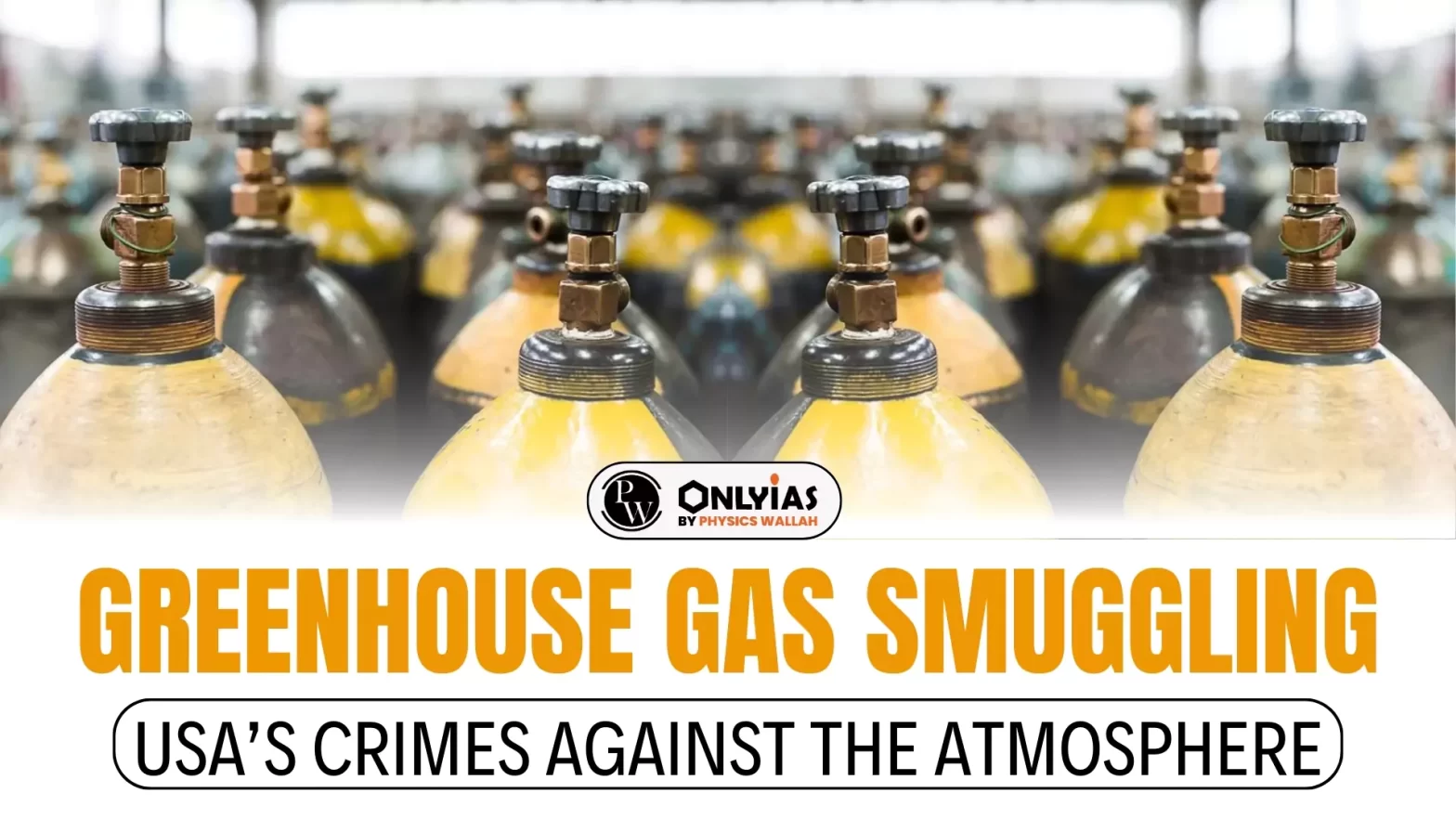
A man in the United States has been charged for smuggling greenhouse gases. This is the first such instance where charges have been framed for smuggling such gases.
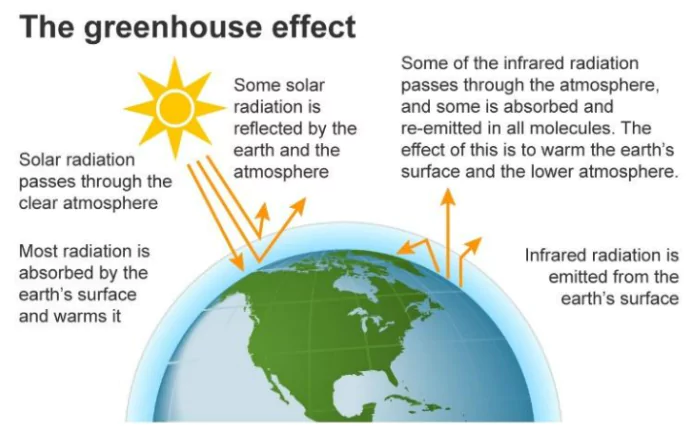
Greenhouse gases are a type of atmospheric gases that have the capability of raising the surface temperature by absorbing solar radiation.
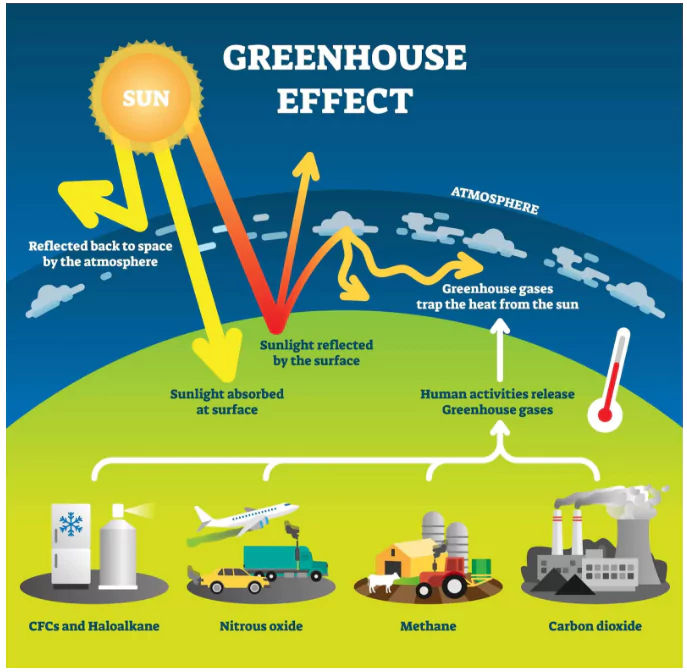
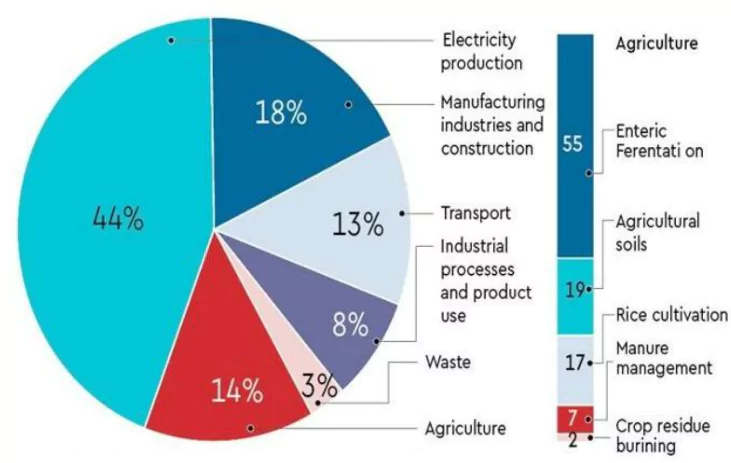
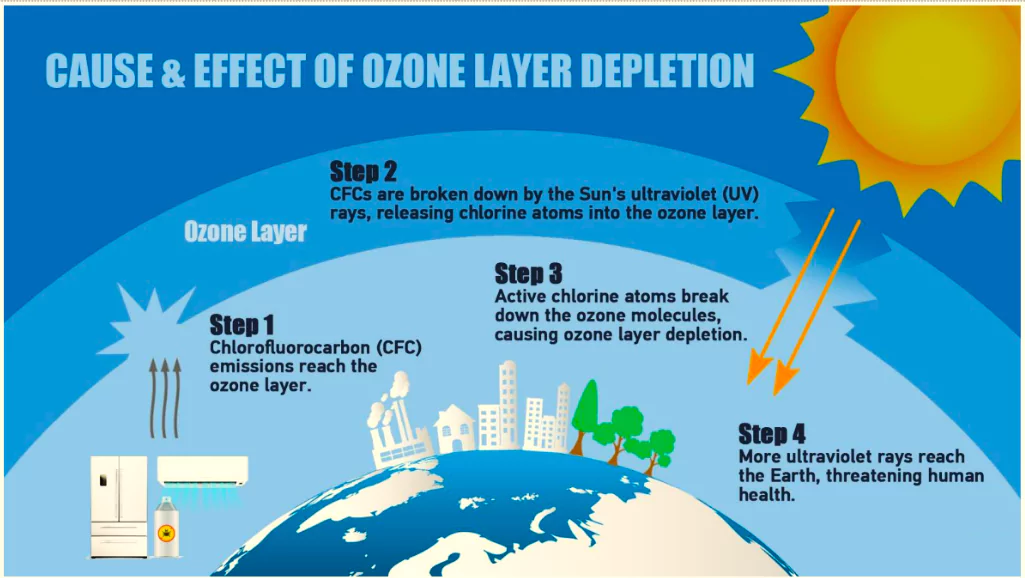
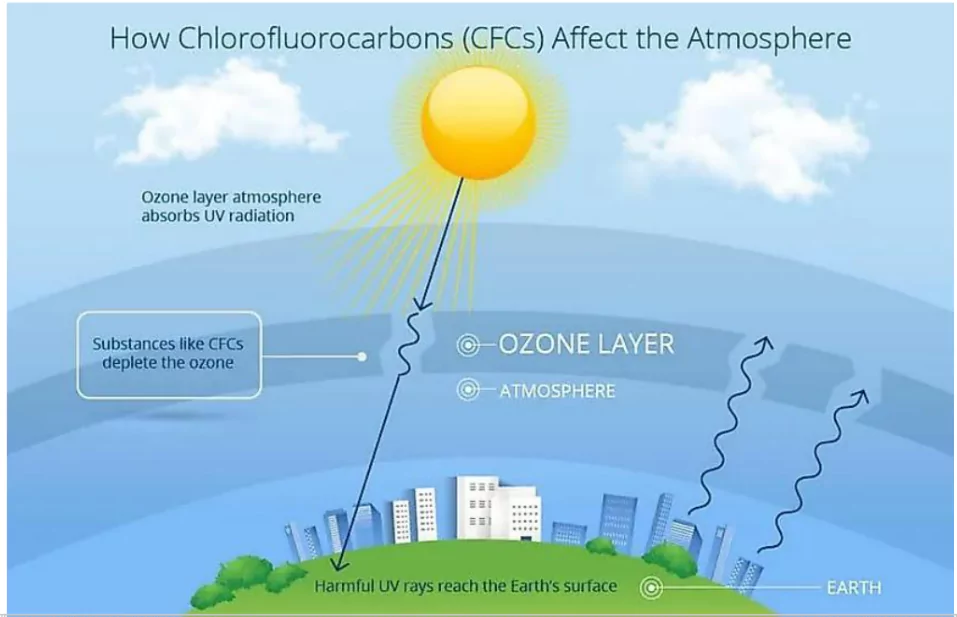
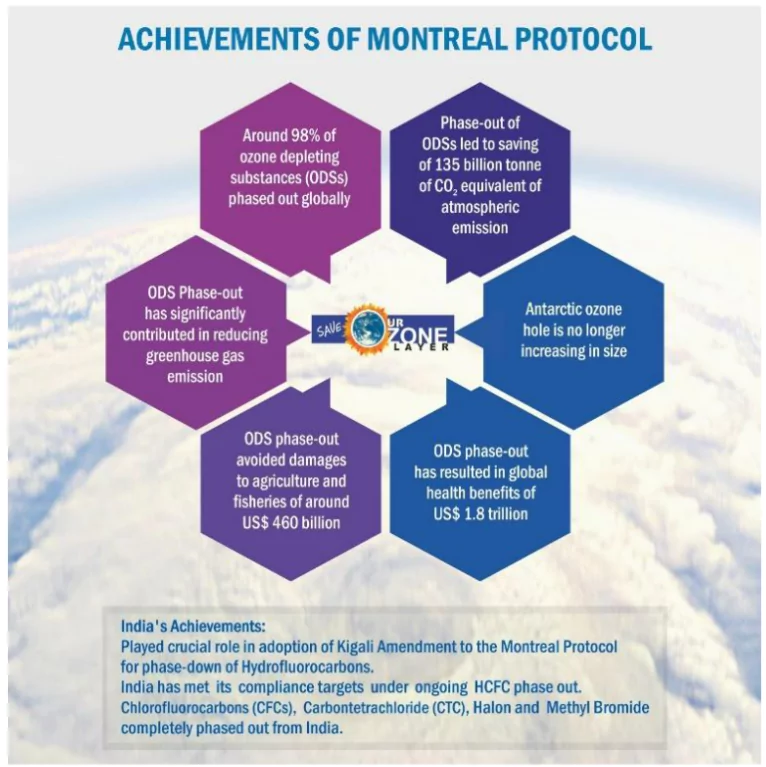
Montreal protocol signed in 1987 made it binding on signatory countries to regulate production and consumption of chemicals that deplete the ozone layer. This agreement has led to the phasing out of many ozone-depleting substances such as Chlorofluorocarbons and Hydrochlorofluorocarbons.

The phasing out of CFC had helped the ozone layer to recover and grow. The subsequent focus on HCFC has also reduced usage of ozone depleting substances significantly. However, without alternative chemicals, the problem of greenhouse gases will remain intact.
| Must Read | |
| NCERT Notes For UPSC | UPSC Daily Current Affairs |
| UPSC Blogs | UPSC Daily Editorials |
| Daily Current Affairs Quiz | Daily Main Answer Writing |
| UPSC Mains Previous Year Papers | UPSC Test Series 2024 |
A type of atmospheric gases that have the capability of raising the surface temperature by absorbing solar radiation are termed as greenhouse gases.
Ozone (O3) is an inorganic molecule formed due to the interaction of solar ultraviolet (UV) radiation with molecular oxygen (O2).
HCFCs and CFCs are synthetic compounds made up of hydrogen (H), chlorine (Cl), carbon (C) and fluorine (F).
Montreal Protocol is a multilateral environmental treaty that controls the production and consumption of many man-made chemicals known as ozone depleting substances (ODS).
The Secretariat of Montreal protocol is located at UN Environment Programme headquarters in Nairobi, Kenya.
The Kigali amendment to the Montreal Protocol came into effect to reduce HFCs usage globally by 85% in 2050.

<div class="new-fform">
</div>